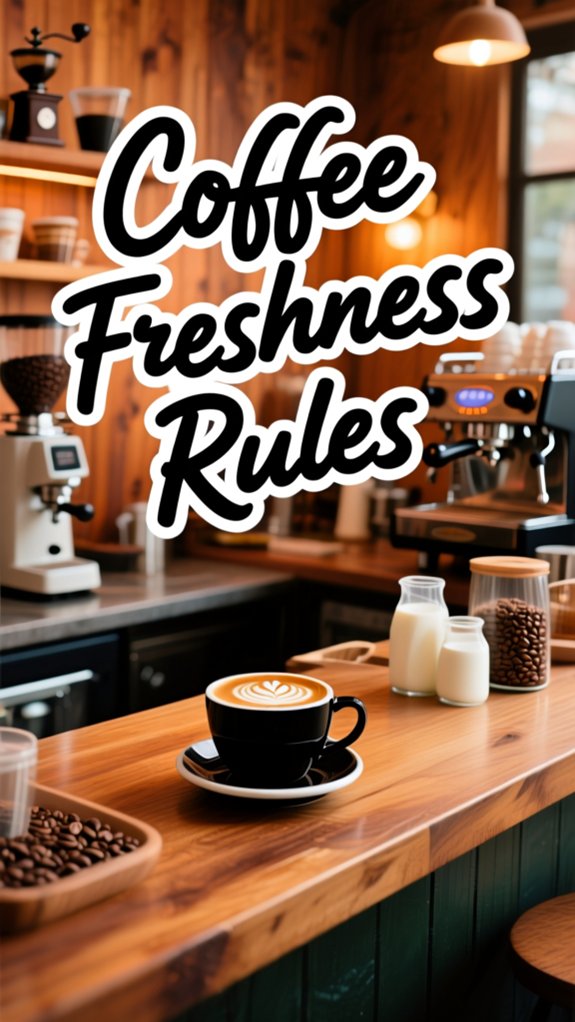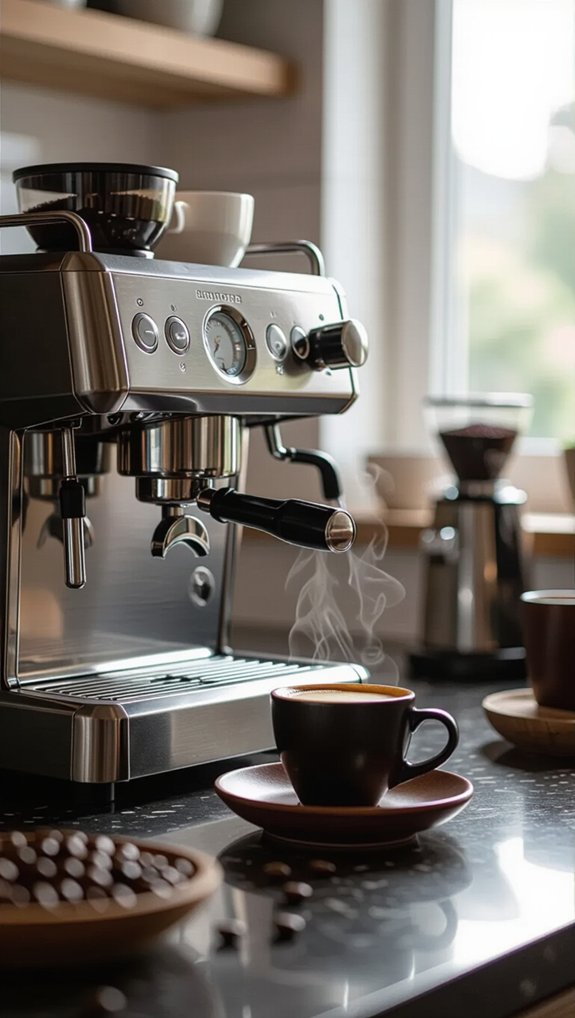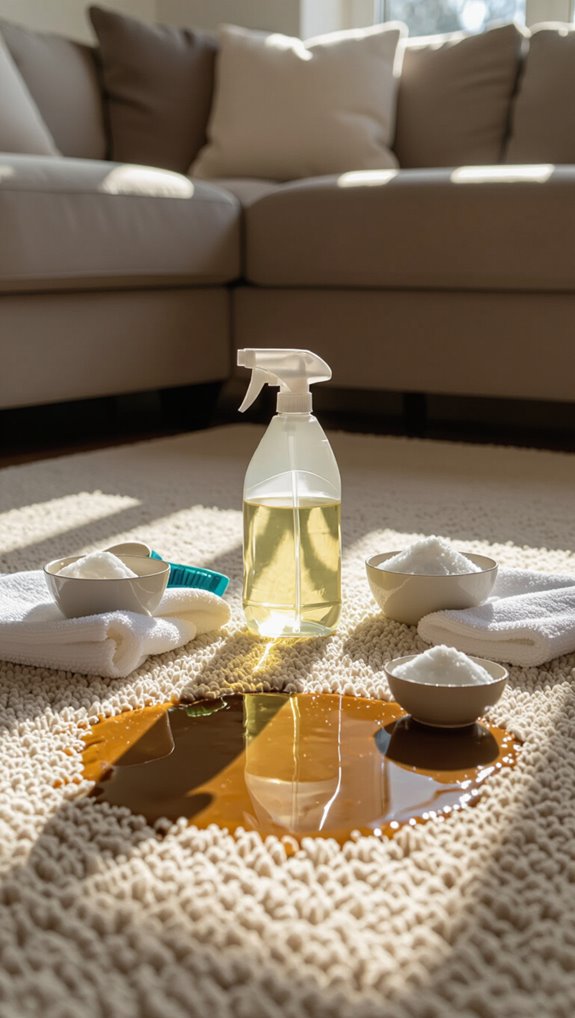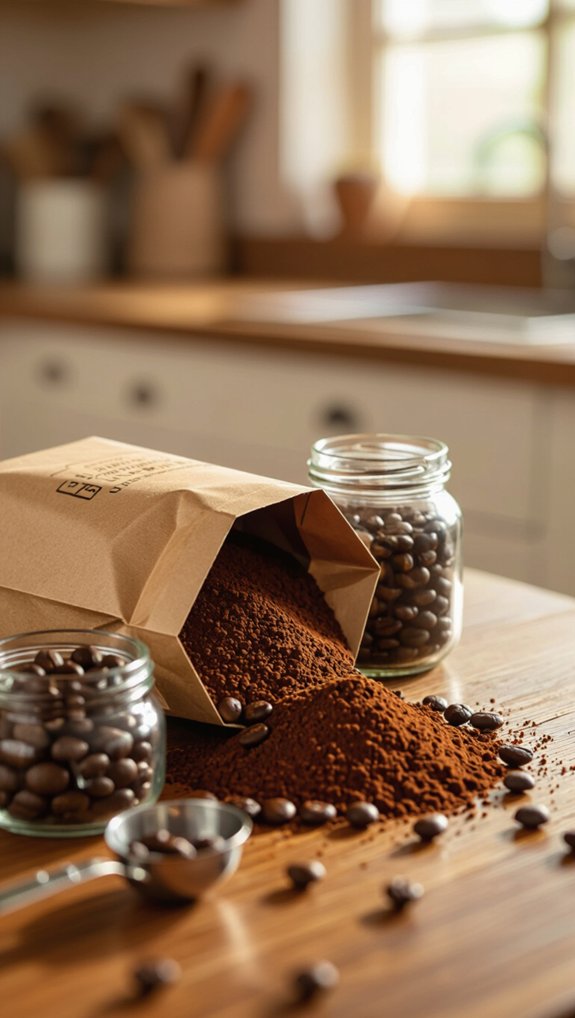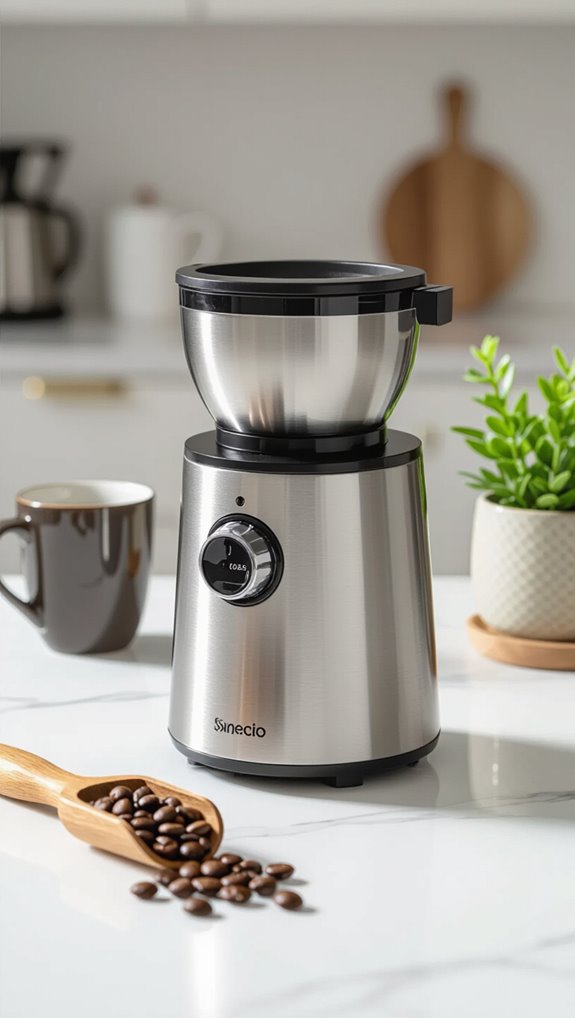According to the USDA’s food safety guidelines, perishable beverages left at room temperature for more than 2 hours enter the “danger zone” where bacteria multiply rapidly—a rule that applies to your morning coffee more than you might think. Yet a 2023 survey by the National Coffee Association found that 67% of American coffee drinkers admit to consuming coffee that’s been sitting out for several hours, often unaware of the safety risks involved.
If you’ve ever debated whether to finish that half-empty mug from this morning or questioned how long your latte can safely sit on your desk, you’re not alone. The answer isn’t straightforward—it depends on whether your coffee is black or contains dairy, how it’s stored, and what you plan to do with it.
This post breaks down exactly how long different types of coffee can sit out before they become unsafe or unpalatable, explains the science behind coffee degradation and bacterial growth, and provides clear guidelines for storing, reheating, and safely enjoying your brew throughout the day.
Table of Contents
How long can coffee sit out
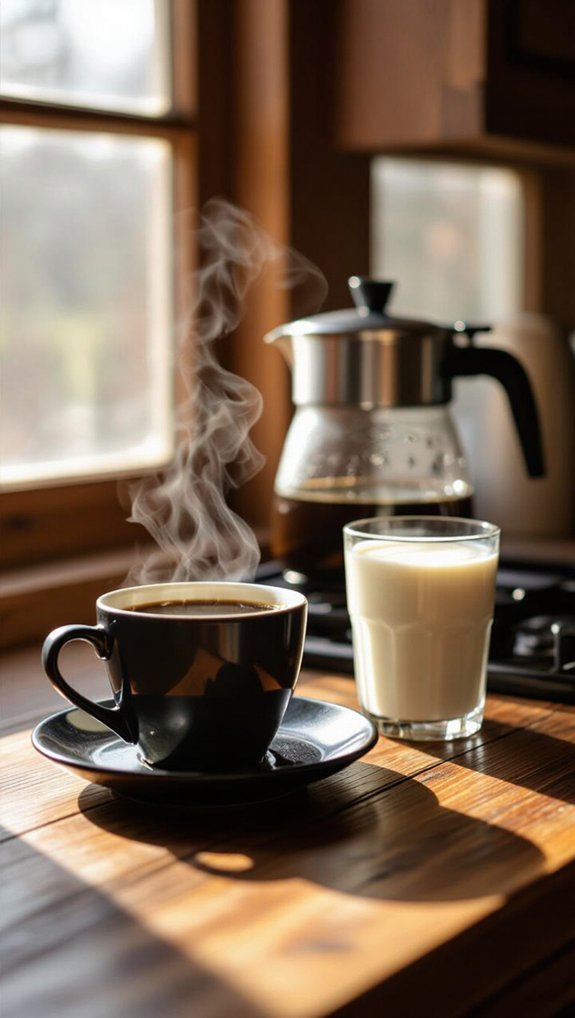
Typically, how long coffee can sit out depends on its ingredients, with black coffee lasting much longer than milk-based beverages.
Plain black coffee can safely sit at room temperature for 8-12 hours, though its flavor starts deteriorating after 30 minutes.
Milk-based drinks like lattes and cappuccinos have a much shorter window—just 2 hours before bacterial growth becomes risky.
Temperature matters too; in hot environments above 90°F, that safe time drops to just 1 hour.
Factors like additives, dairy content, and ambient temperature significantly impact how long your coffee remains safe to drink. Bacterial culture media dramatically increase the risk of contamination when milk and sugar are present, accelerating potential health hazards.
How long is black coffee safe

Black coffee is generally safe to drink for 12–24 hours when left at room temperature. While the safety of black coffee might seem straightforward, grasping its precise shelf life can help you avoid potential health risks and enjoy the best possible brew. Oxygen exposure rapidly degrades coffee’s volatile compounds, accelerating flavor deterioration even within safe consumption timeframes.
The key is monitoring environmental conditions and storage methods. In humid spaces, bacterial growth accelerates faster, reducing safety windows. After 24 hours, risks increase significantly.
Critical factors include keeping coffee covered, avoiding contamination, and checking for unusual odors or appearances. When in doubt, it’s always safer to brew a fresh cup.
Does adding milk change shelf life
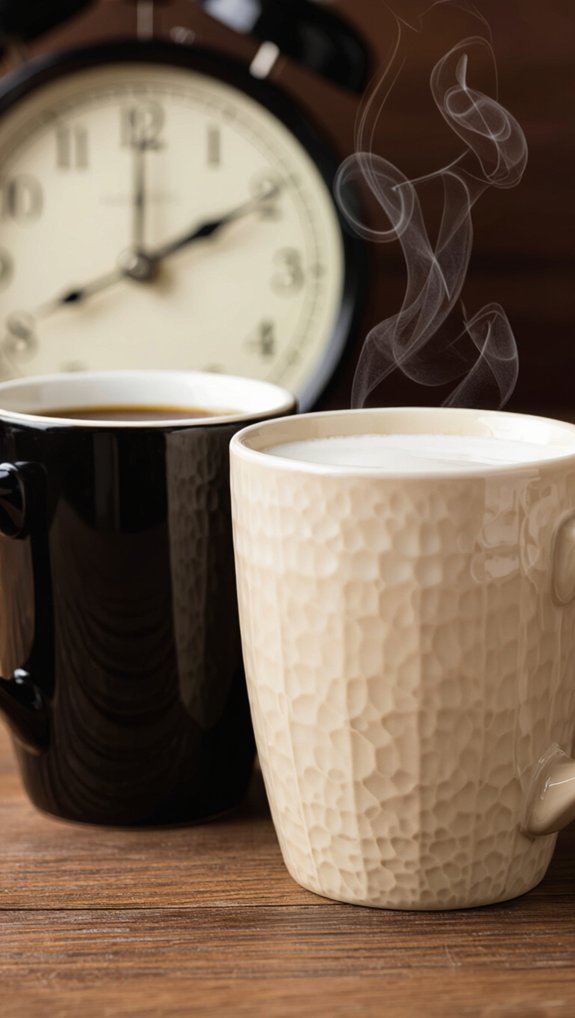
When you add milk to coffee, its shelf life dramatically decreases from 12–24 hours to just two hours at room temperature. Dairy creates a nutrient-rich environment that accelerates bacterial growth, making your beverage spoil much faster than black coffee. Nitrogen preservation techniques can help extend the coffee’s stability by preventing microbial growth and oxidation.
The proteins and fats in milk interact uniquely with coffee compounds, breaking down quickly and introducing contamination risks.
Commercial producers use techniques like nitrogen pressurization and ultra-high temperature processing to extend milk coffee’s shelf life. At home, refrigeration is key—milk-based coffee will last only 2-3 days in a sealed container, compared to 7-10 days for plain cold brew.
Room temperature vs fridge storage times
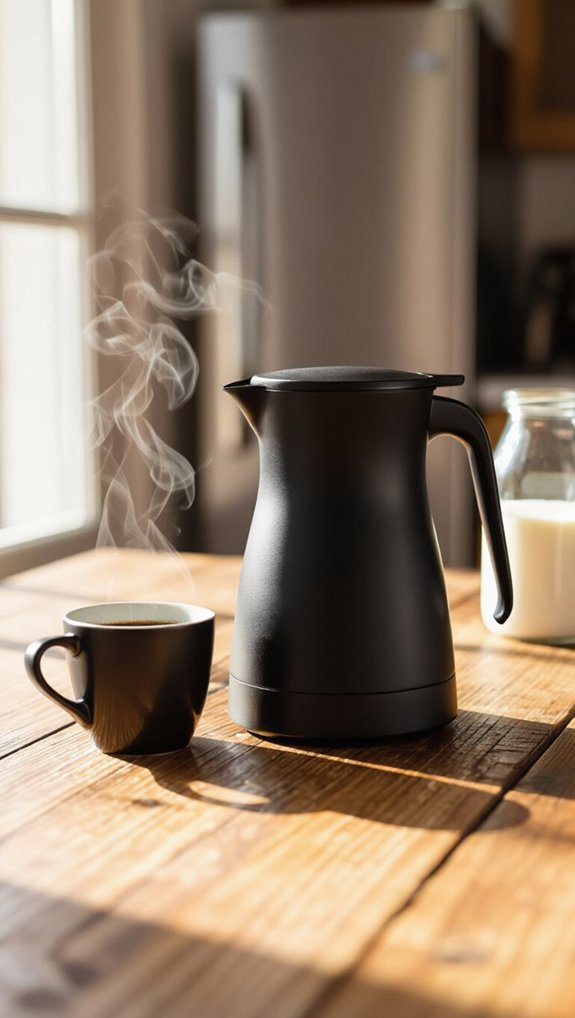
After brewing, your coffee’s storage method can make or break its taste and safety, with room temperature and refrigeration offering distinctly different preservation windows. Black coffee can sit out for 12-24 hours but loses flavor rapidly within the first hour.
Refrigeration extends freshness, preserving taste and preventing bacterial growth. Milk-based coffee drastically shortens room temperature safety to just 2 hours, while refrigeration can protect it for 24 hours.
Cold brew offers more flexibility, lasting 8-12 hours at room temperature and up to 14 days when chilled. Choose your storage method wisely to maximize your coffee’s potential.
Taste changes after hours on counter

Because coffee’s flavor is a delicate symphony of volatile compounds, your brew transforms dramatically within hours of sitting on the counter.
Lighter aromatics evaporate quickly, muting complex citrus and berry notes.
Within 15-30 minutes, the initial vibrant flavor profile starts to flatten.
As coffee cools, its taste shifts radically.
Bitterness becomes more pronounced, sweetness diminishes, and those bright, nuanced notes fade.
By hour four, coffee oils begin oxidizing, introducing a stale undertone that transforms your once-delicious cup into something decidedly less appealing.
Your best bet? Enjoy coffee fresh and hot for maximum flavor enjoyment.
Signs your coffee has gone bad

Coffee’s journey from freshly brewed perfection to undrinkable disappointment isn’t just about time—it’s a sensory experience that signals when your beloved brew has crossed the line from delicious to disposal-worthy.
Signs your coffee has gone bad include:
- Aroma Betrayal: Musty, rancid, or completely absent smell indicates spoilage
- Visual Warning: Mold patches, dull color, or grayish tones scream “don’t drink me!”
- Taste Test Failure: Flat, bitter, or metallic flavors reveal coffee’s descent into staleness
Trust your senses—they’ll never lie about whether your coffee’s still worth sipping or belongs in the trash.
Reheat rules for brewed coffee safely
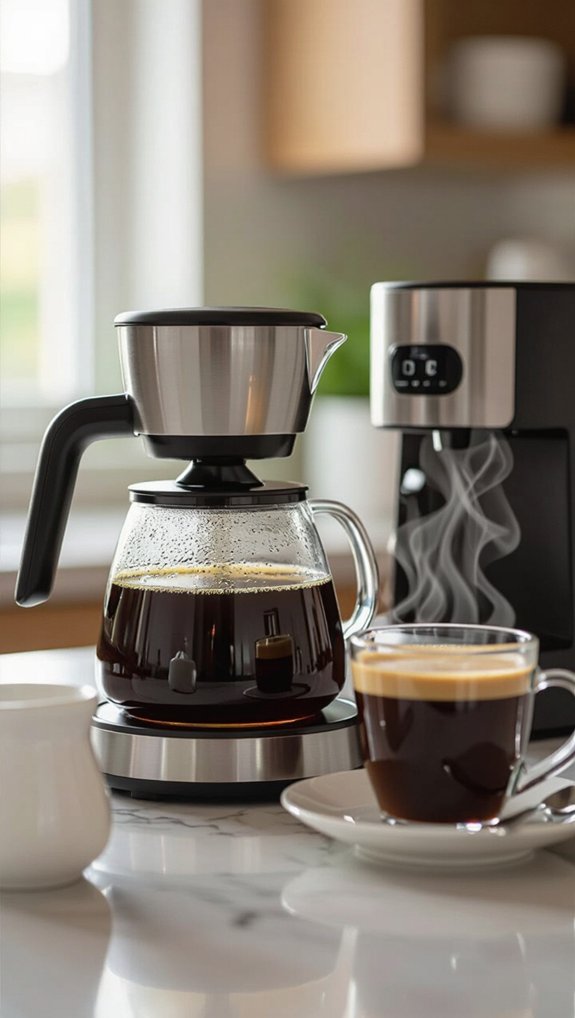
When you’re craving a warm cup of coffee that’s gone cold, reheating can be tricky—but it doesn’t have to compromise your brew’s flavor or safety.
The stove-top method works best: gently warm your coffee in a small saucepan, keeping temperatures between 120-150°F to preserve taste. Avoid boiling, and remove from heat when steam appears.
Key safety tips:
- Never leave coffee out over 4 hours
- Reheat only once
- Use clean containers
- Discard if coffee smells off
- Keep reheating temperatures moderate
Quick warming preserves your coffee’s delicious character.
Best containers to keep coffee fresh

In the world of coffee preservation, choosing the right container isn’t just a storage decision—it’s a flavor-saving strategy.
The best containers protect your precious beans from oxygen, light, and temperature fluctuations that can destroy delicate flavors.
Top coffee storage containers should:
- Feature airtight sealing mechanisms that block oxygen
- Use opaque, food-safe materials like stainless steel
- Include one-way valve systems for optimal freshness
Your ideal container will create a vacuum seal, preventing oxidation and maintaining those rich, complex coffee aromas.
How to store coffee overnight safely
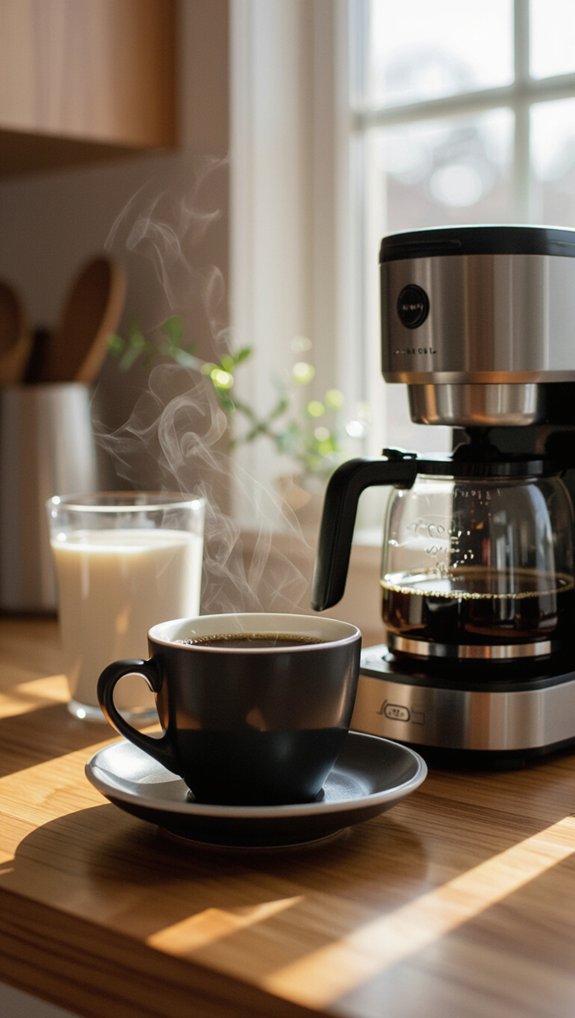
Preserving your coffee’s flavor and safety overnight requires strategic storage techniques that protect both taste and drinkability. For black coffee, transfer to an airtight container and refrigerate within 2 hours. If it’s dairy-based, be extra cautious—milk or cream can harbor bacteria quickly at room temperature.
Key overnight coffee storage tips:
- Use glass or ceramic containers
- Seal tightly to prevent oxidation
- Label with brewing date
- Refrigerate promptly
- Consume within 24-48 hours
How to make iced coffee from leftovers
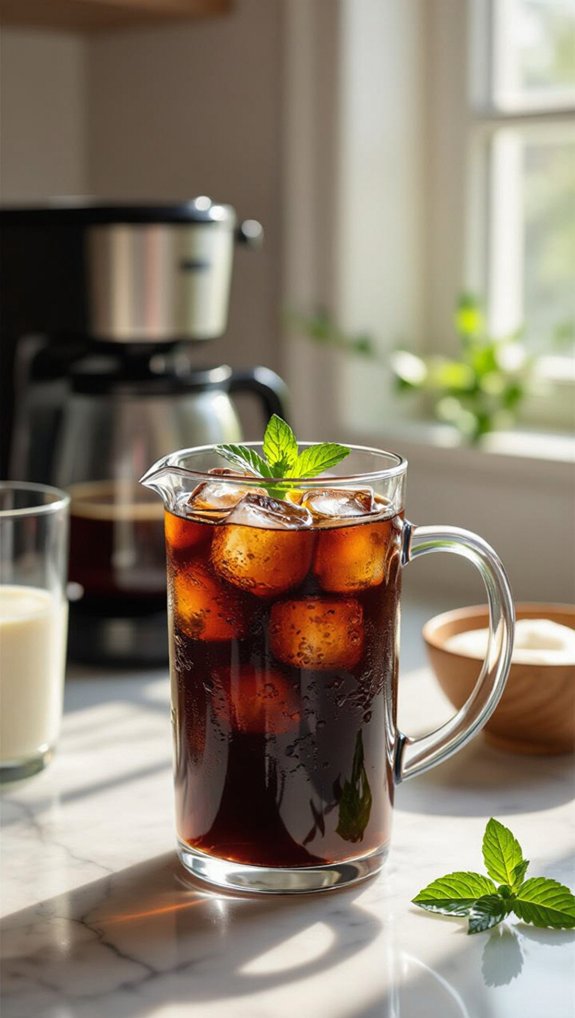
When you’ve got leftover coffee sitting in the pot, don’t pour it down the drain—transform it into a refreshing iced coffee that’ll cool you down and save you money.
With just a few simple ingredients like ice, optional milk, and maybe a splash of sweetener, you can turn yesterday’s brew into today’s perfect chilled beverage.
I’ll walk you through the easy steps to repurpose those coffee remnants into a delicious cold drink that’ll make you feel like a home barista.
Ingredients
Because leftover coffee doesn’t have to go to waste, transforming it into a delicious iced coffee is easier than you might think.
I’ve discovered some key ingredients that turn yesterday’s brew into today’s refreshing drink:
- Coffee Base: Use strongly brewed coffee or cold brew concentrate chilled in the refrigerator.
- Sweeteners: Add simple syrup, flavored syrups, or sweetened condensed milk for depth.
- Creamers: Experiment with dairy or non-dairy milk alternatives like almond or oat milk.
Blending these ingredients creates a personalized iced coffee that’s both resourceful and delicious, preventing coffee waste while satisfying your caffeine craving.
Equipment
Transforming leftover coffee into delicious iced cubes requires the right equipment, and I’ll walk you through exactly what you’ll need to get started.
Silicone ice cube trays work best for easy cube release, while airtight freezer bags keep them fresh for up to two months.
Any coffee maker—drip, French press, or single-serve—can provide leftover coffee for freezing.
Just cool your brew to room temperature, pour into trays, and freeze for at least 5 hours.
Helpful hint: Label your containers to track freshness and clean equipment thoroughly between uses to prevent flavor transfer.
Instructions
If you’ve got leftover coffee sitting in your pot, don’t toss it out—you can easily transform that brew into a refreshing iced coffee that’ll cool you down and give you a caffeine boost. Making iced coffee from yesterday’s brew is simple and delicious:
- Cool the coffee to room temperature, then refrigerate in an airtight container.
- Fill a glass three-quarters full with ice cubes (pro tip: use coffee ice cubes to prevent dilution).
- Customize your drink by adding milk, cream, or a splash of flavored syrup for extra pizzazz.
Your leftover coffee just became a gourmet summer beverage.
Frequently Asked Questions
Can Coffee Beans Go Bad if Left Out of the Container?
Yes, coffee beans can go bad if left out. I’ll lose my rich flavor quickly when exposed to air, light, and moisture. Within hours, I’ll start tasting stale, so I recommend storing me in an airtight container.
Does Cold Brew Coffee Have Different Sitting Out Rules?
Cold brew’s different! Black cold brew can sit out 12-18 hours at room temperature, but if you’ve added milk, it’s only safe for 2 hours. I’d recommend refrigerating dairy-mixed cold brew immediately to prevent spoilage.
Will Coffee’s Caffeine Content Change if Left at Room Temperature?
Based on scientific evidence, I can confidently tell you that your coffee’s caffeine content won’t significantly change if it’s left at room temperature. The caffeine remains stable for hours, so you don’t need to worry about losing its stimulating effects.
Is It Safe to Drink Coffee That Was Left Overnight?
I’ll drink black coffee left out overnight if it looks and smells okay, but I’ll toss any milk-based coffee that’s been sitting out. Safety first—dairy starts growing bacteria quickly, so I’m not taking risks with my health.
How Do Different Coffee Brewing Methods Affect Sitting Out Time?
Each brewing method impacts coffee’s sitting out time differently. Drip coffee lasts longest at 4 hours, while espresso degrades fastest. Cold brew surprisingly holds up well, and French press oxidizes quickest, affecting flavor and quality.
In Conclusion
Knowing how long coffee can sit out is essential for any coffee lover who wants to enjoy their brew safely and at its best. Black coffee holds up well at room temperature for 8–12 hours, while milk-based drinks require refrigeration within 2 hours to prevent bacterial growth. Always trust your senses—if your coffee smells off or looks questionable, it’s time to toss it and brew a fresh cup.
Proper storage and reheating techniques make all the difference in preserving flavor and safety. Whether you’re sipping slowly throughout the morning or preparing coffee in advance, following these guidelines ensures every cup tastes great without compromising your health.
Ready to upgrade your coffee routine? Check out our coffee machine reviews to find smart, well-reviewed options that keep your brew hot and fresh exactly when you need it. The right machine can transform your daily coffee experience and minimize waste.


